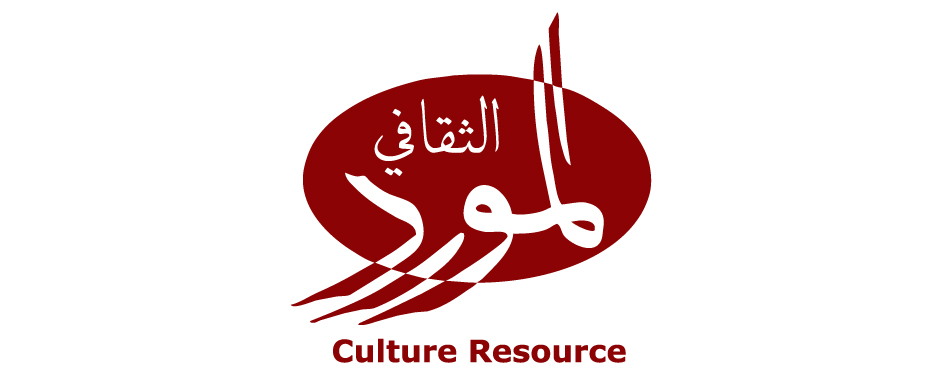Cultural Resource (Al Mawred Al Thaqafy) announces a one-time initiative to fund the production of original works of art by Arab artists in any field, that are to be created in response to or in the context of the current wave of revolutionary activity and popular uprising in the Arab region.
Multiple grants of up to $15,000 will be awarded to support original projects in film, theater, music, literature and visual arts, and projects will be selected for support by an independent regional jury of experts in the field of arts and culture. Applications will be solicited through an open call and will be accepted from artists in any Arab country. This initiative seeks to address the lack of financial resources facing many independent artists in the Arab region, especially during a time of political, social, and economic disruption. Equally important, it will also facilitate the creation of new artworks that are timely and relevant, that represent a diversity of regional voices and viewpoints, and that will document and form part of the historical record of this unprecedented time.
Winners and Projects summary |
| Music: 1. Amal Mathlothy (Tunisia): Project: music album “my free word” Production of an album that contains a number of songs encouraging the revolution, supporting resistance and enduring fear, despite the long way to obtain freedom. The songs will honor the many years of struggle against Arab dictators.2. Rami Issam( Egypt): Project: music album “Al Midan”Production of an album of songs by Rami Issam criticizing the Mubarak era and reflecting on the demands of the Egyptian revolution before and after the former president stepped down. The music album will be distributed for free to a wide range of audiences from all sorts of backgrounds, reaching as many people as possible.3. Badiaa Bohrezy (Tunisia): Project: production of music album The project distills the ancient and contemporary idea of identity without any complexity or artificial fusion. The album contains poems for Fadwa Tukan and Abu al-Qasim al-Shabi.Theatre: 1. Leila Solaiman (Egypt): Project: “28 Lessons of the revolution” The Arabic alphabet is used as a structure to create 28 small separated or linked shows. Each letter of the alphabet will be the inspiration for each display, taking different forms such as photographs, videos, dances, dialogues, monologues, pieces of music or an interactive experience. Each performance will allow performers and audience to have a look at themselves through their alphabet characters, and reflect on how the revolution changed their meaning. The 28 letters of the alphabet will represent 28 lessons on the revolution.
2. Noura Amin (Egypt): The project presents opposite directions within the Egyptian society. First, the direction of the youth who protested in the revolution and were subjected to repression, imprisonment and beating, and the other is those who are co-opting the revolution and using it for their own benefit. Literature: Visual Art 2. Heba Khalifa (Egyptian): Video: The director uses the story of the death of her sister during the Egyptian revolution as a trigger to investigate corruption in healthcare institutions in Egypt and how it became like all other national institutions in terms of bureaucracy and inability to perform its normal functions. 2. Abdullah Ali Al Ghali (Libya): The film is a geographic and historical journey. The geographic is where the director travels from Cairo to Tripoli, where his family lives, and ending the trip on the west mountain, the last point on the Libyan-Tunisian border where the director’s father ‘s hometown and tribe are located. From this perspective the director re-discovers his homeland while following the rebels to Tripoli. On the historical range, he shows the struggle of a large number of Libyans against the regime of Gaddafi forty years ago, a part still unknown to some and to the director himself, as his father refused to participate in the Libyan war against Chad as a military officer escaping to Egypt where he remained silent about all that. The film is an attempt to recollect lost histories and to strengthen his relationship with his father and his homeland. 3. Iman Al-Najjar (Egypt): 4. Fawzi Saleh (Egypt): The film presents the director’s personal vision of the Egyptian revolution, where he sees popular revolutions as always involving two overlapping battles happening simultaneously. The first is the democratic one, led by the bourgeois but which includes the middle and working class as well as the poor and landless. Their objective is to overthrow the political power and make changes in the government system. The second is the economic battle, waged by the working class and social laborers against the wealthy in order to achieve justice and equality, as this battle may threatens the economic and social system. |
